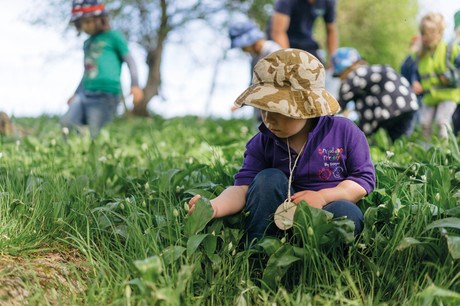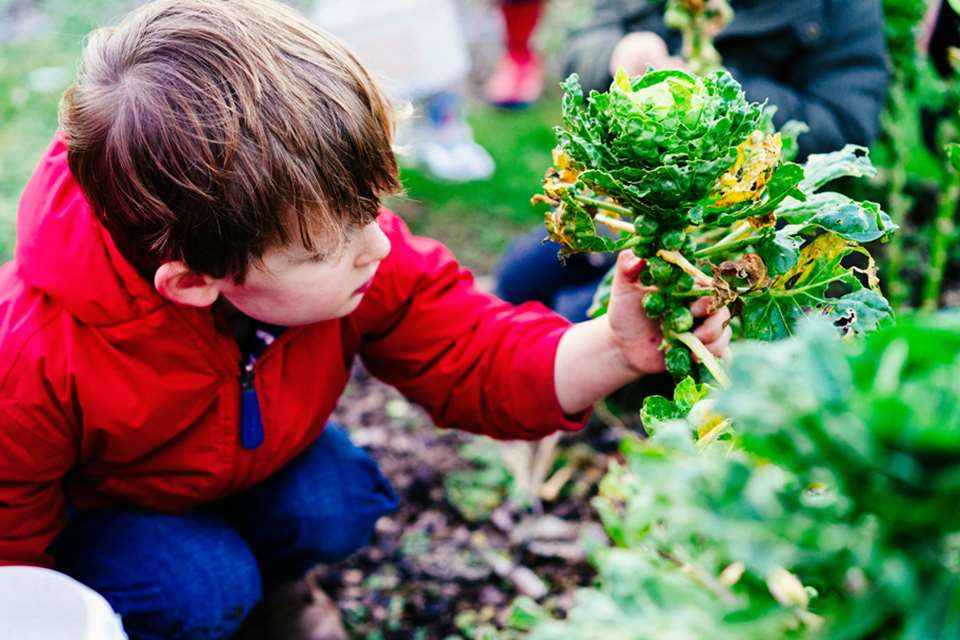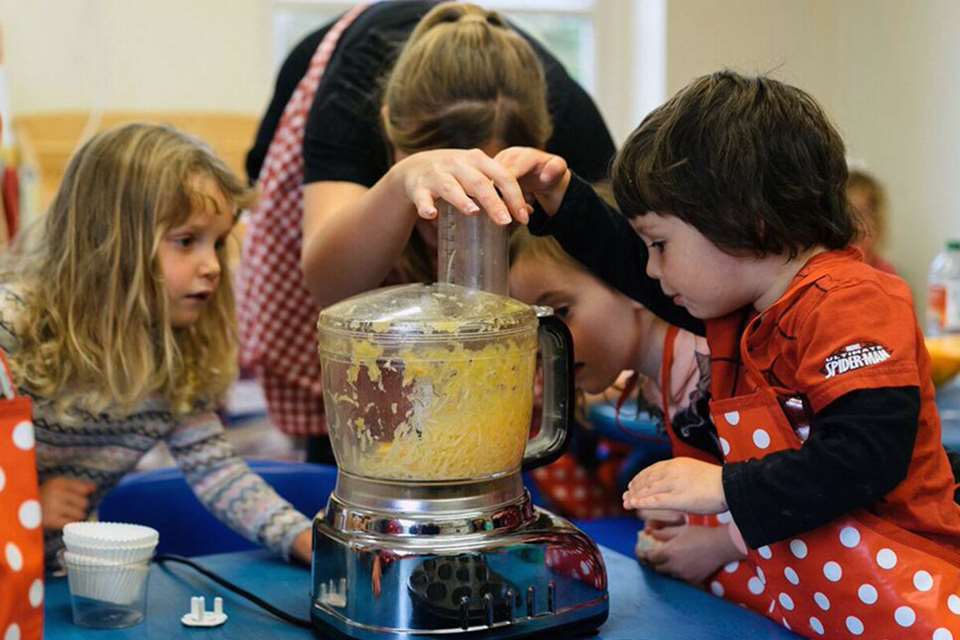A Unique Child: Health & Nutrition - Al fresco
Mary Llewellin
Monday, July 11, 2016
Food tastes better when you cook and eat it outside. Mary Llewellin offers some useful tips

I remember with absolute clarity the first time, at the age of 15, I ate a Greek salad; the crisp, thick slices of cucumber; the tangy, salty feta cheese; bitter black olives; sweet slivers of red onion; the most intensely tomatoey tomatoes I had ever encountered and everything dressed with a slick of extra virgin olive oil and a scattering of aromatic oregano. With the exception of the feta, these were all foods I had eaten before, but they had never tasted this way before.
Thinking of that salad conjures up the image of the little taverna where I sat with my family on the harbour side in Chania, Crete. The memory of the food is inextricably linked to the other sensory memories of heat, bright colours bleaching in the sun, skinny café cats brushing past my legs, the smell of sea and herbs and general happiness.
And when I think more about my childhood food memories, most of them do seem to be outdoors and not all of them are as obviously special as a first Greek island holiday meal: eating fish and chips while huddling under a shelter in rain-lashed Tenby, picking wild strawberries around the front steps of my grandparents’ house, chomping on peanut butter sandwiches on the slipway near our house by the muddy banks of the River Severn. There is definitely something about eating outside that connects with our psyche.
Food writer Bee Wilson explores our emotional connection with food in First Bite. Using research from psychologists, neuroscientists and nutritionists, she concludes our eating habits are formed from a smorgasbord of influences including memories.
As early years providers we have such an important role to play in helping to form positive memories of food and thereby to shape our children’s attitudes to food and healthy eating. I would like to make it our mission to build up a bank of happy, healthy food memories for the children in our care and I think getting outside should be up there as a great way to make eating a memorable and positive experience.
HUNGER GAMES
One reason that outdoor eating may be so satisfying is that after a good blast of fresh air and physical activity, we may simply have worked up more of an appetite. At nursery, we serve food at two-hour intervals throughout the day when you factor in breakfast, lunch, tea and snacks, and children just may not be that hungry at each of those moments. That’s absolutely fine, of course, but it may not help the more nervous or picky eaters to overcome their worries about food. Outside, where children have far more freedom to burn up their energy, appetites are sharpened and meals look much more enticing.
STRESS RELIEF
Eating outside can reduce some other stresses around food, too. Sometimes mealtimes can be noisy when we’re inside, with scraping chairs and clashing cutlery, so an outdoor dining area can be a welcome break from too much noise, creating a calmer environment and a more enjoyable experience, especially for new children or those who have built up tension about food and eating.
FOOD CONNECTIONS
There is no more obvious way of teaching children about where their food comes from than eating outside where it is growing. Even if you only have room for a pot of courgettes or a few herbs, conversations can start about the ingredients of meals and the growing cycle.

AL FRESCO COOKING
At Snapdragons, our leader of outdoor learning, Tim ‘don’t fence me in’ Graham, is a great forager and has taken Forest School children out on hunts for wild ingredients for outdoor cooking: wild garlic and hawthorne frittata, anyone?
Now, of course, foraging comes with a big warning label stuck over it because it is essential you know what you are picking and lay out strict rules with the children about when and what they can pick. If you want the foraging experience, but aren’t happy to go wild, use your own vegetable plot or herb garden in a more exploratory way.
If you take the children to an area where everything is edible, they can taste and experiment safely. My recipe this month is based on this idea – starting with a basic pizza base, you can send the children into the growing area and let them pick their own toppings.
This works well with a summer minestrone too, using whatever is cropping and whatever the children fancy. And just because it’s summer, it doesn’t mean the sun will be shining, but don’t be daunted because snuggling under a tarpaulin with a sandwich and some friends is an adventure when you’re three.
Mary Llewellin is operations manager for Snapdragons. Snapdragons Keynsham has the Food For Life Partnership Gold Catering Mark, a Children’s Food Trust Award, is accredited by the Vegetarian Society and was winner of the Nursery World Nursery Food Award in 2012 and 2014. See www.snapdragonsnursery.com










